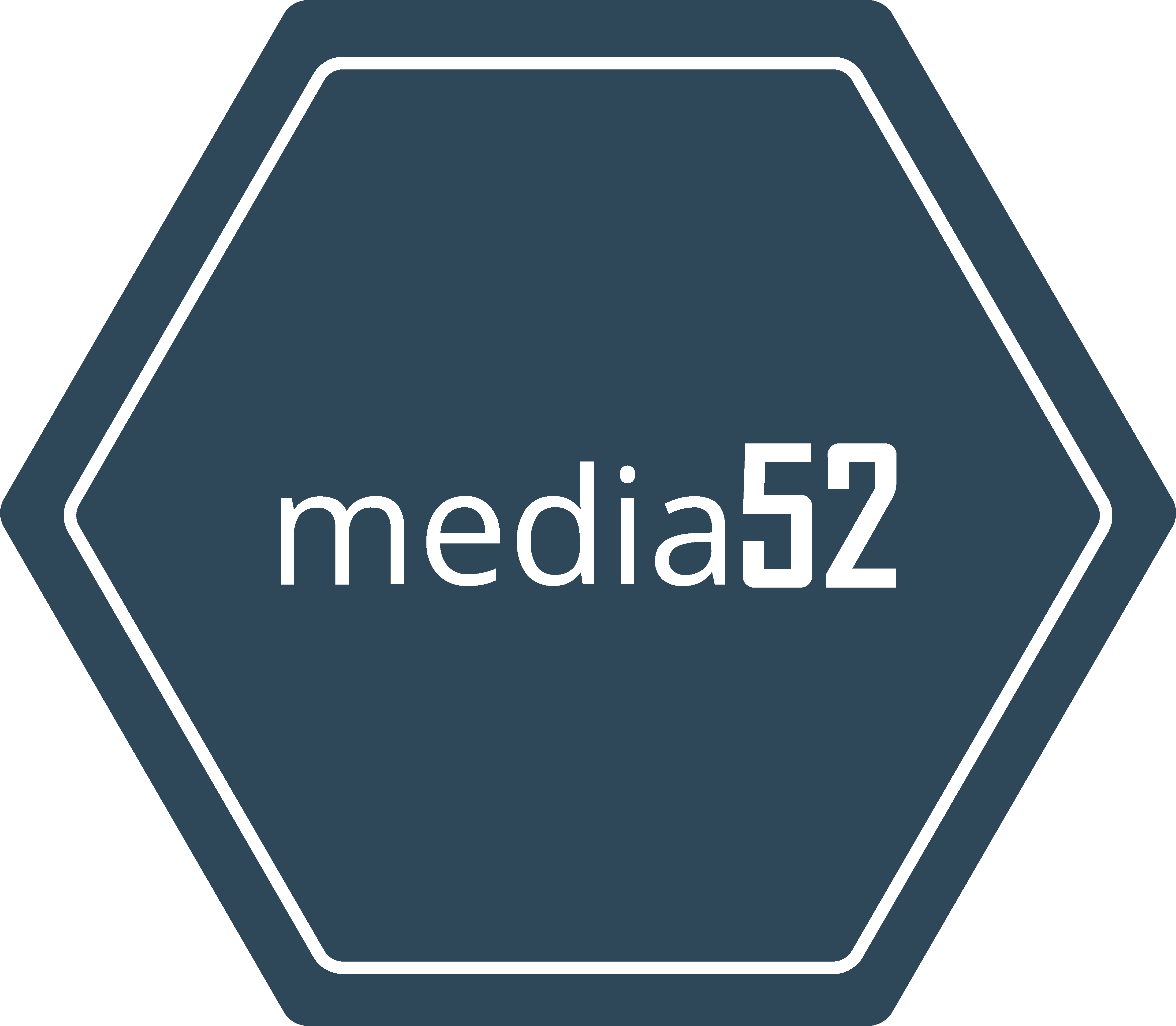Novenda Technologies Secures $6.1 Million to Revolutionize 3D Dental Printing

Eindhoven, Thursday, 10 July 2025.
Eindhoven-based Novenda Technologies has raised $6.1 million to enhance its 3D printing platform, promising automated and efficient dental manufacturing to tackle industry labor shortages effectively.
Introduction to Novenda’s Innovation
On 9 July 2025, Novenda Technologies secured $6.1 million in Series A funding to advance its cutting-edge 3D printing platform designed for the dental industry. Based in Eindhoven, Netherlands, the startup seeks to revolutionize dental manufacturing by addressing current labor shortages while meeting the growing demand for high-precision dental solutions [1][2][3].
The Technology Behind the Innovation
Novenda’s proprietary technology leverages multi-material jetting, enabling the production of dental products like night guards and dentures in a single process. This innovative approach combines hard materials for structure with soft materials for comfort, efficiently eliminating the need for manual assembly and extensive post-processing—significant pain points in the dental industry [1][2].
Operational Efficiency and Market Impact
With the ability to produce up to 15 night guards or 8 dentures per hour, Novenda’s LD100 printer dramatically increases dental lab efficiency compared to traditional manufacturing methods, which often rely heavily on skilled labor [2][3]. Furthermore, the use of water-soluble support materials allows for easy cleaning and reduces production waste, aligning with sustainable manufacturing practices [1][2].
Future Expansion and Industry Potential
This funding round, led by Brightlands Venture Partners with contributions from KBC Focus Fund, Borski Fund, among others, enables Novenda to expand its technology’s application beyond current products to other dental applications. The company plans to target mid-sized and large dental labs across Europe and the United States. Ultimately, this advancement will support the industry’s transition toward more centralized, digital manufacturing workflows [1][2][3][4].

